Table of content
Rice and tripe soup, a hearty and comforting dish, is a staple in many cuisines around the world. Known for its rich flavor, tender texture, and impressive nutritional profile, this soup combines the mild creaminess of rice with the chewy, savory goodness of tripe. Often enjoyed as a nourishing meal during colder months or as a remedy for ailments, this dish is both satisfying and deeply restorative. Whether you’re a seasoned home cook or a curious beginner, this guide will walk you through every step of creating a perfect pot of rice and tripe soup. From selecting the finest ingredients to mastering the cooking techniques, you’ll learn how to balance flavors, textures, and aromas to achieve a bowl of soup that’s both delicious and wholesome.
Understanding the Basics of Rice and Tripe Soup
Before diving into the recipe, it’s essential to grasp the fundamentals of this dish. Rice and tripe soup, sometimes referred to as congee or juk in Asian cuisines, is a slow-cooked porridge-like soup where rice grains break down into a creamy consistency. The tripe—the stomach lining of cattle—adds a unique chewiness and depth of flavor. When simmered together with aromatic herbs, spices, and sometimes meat or bones, the result is a broth that’s both soothing and robust.
Nutritional Benefits
- Tripe: Low in fat and high in protein, tripe is rich in vitamins B12 and B2, as well as minerals like zinc and selenium. It’s also a good source of collagen, which supports joint and skin health.
- Rice: A carbohydrate powerhouse, rice provides sustained energy. When cooked into a porridge, it becomes easily digestible, making it ideal for those with sensitive stomachs.
- Broth: Whether made from bones, vegetables, or spices, the broth infuses the soup with essential nutrients and hydration.
Cultural Significance
In many cultures, tripe soup holds a special place. For example, in Mexican cuisine, menudo—a spicy tripe soup—is beloved for its hangover-curing reputation. In Chinese and Vietnamese traditions, tripe is often paired with ginger and rice to create a dish believed to aid digestion and warm the body. This cross-cultural appeal underscores the universal love for humble, nourishing foods.
Ingredients You’ll Need
Creating the perfect rice and tripe soup starts with gathering high-quality ingredients. Here’s a breakdown of what you’ll need:
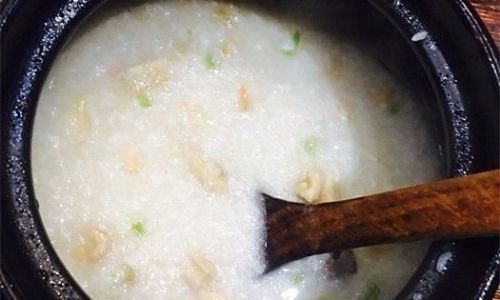
For the Tripe
- 5 lbs of honeycomb tripe (the most tender variety, with a honeycomb-like texture).
- 2 tablespoons of white vinegar (for cleaning).
- 1 tablespoon of salt (for cleaning).
For the Broth
- 8 cups of water (or low-sodium chicken/beef broth for added flavor).
- 1 large onion, quartered.
- 4 garlic cloves, smashed.
- 2-inch piece of fresh ginger, sliced into thick rounds.
- 1 tablespoon of black peppercorns.
- 2 bay leaves.
For the Soup Base
- 1 cup of short-grain white rice (such as sushi rice or Calrose).
- 1 tablespoon of neutral cooking oil (e.g., vegetable or canola).
- 1 teaspoon of sesame oil (for aromatic depth).
- 1 tablespoon of fish sauce (or soy sauce for a vegetarian twist).
- 1 teaspoon of sugar (to balance flavors).
Optional Additions
- 4 oz of ground pork or beef (for extra richness).
- 1 cup of sliced mushrooms (e.g., shiitake or enoki).
- 2 carrots, diced (for sweetness).
- 1 bunch of scallions, thinly sliced (for garnish).
- Fresh cilantro, chopped (for garnish).
- Chili oil or sriracha (for heat).
- Lime wedges (to brighten the broth).
Step-by-Step Preparation
Cleaning and Preparing the Tripe
Cleaning tripe is crucial to eliminating any lingering odors or impurities. Follow these steps:
- Rinse the tripe under cold water, scrubbing gently to remove debris.
- In a large pot, combine the tripe, vinegar, and salt. Add enough water to cover the tripe by 2 inches.
- Bring to a boil over high heat, then reduce to a simmer. Cook for 10 minutes to tenderize and remove impurities.
- Drain and rinse the tripe under cold water. Use a knife to scrape off any remaining fat or membranes.
- Cut the tripe into thin, bite-sized strips (about ¼-inch thick).
Simmering the Broth
A flavorful broth is the backbone of this soup. Here’s how to build it:
- In a large stockpot, combine the cleaned tripe, water (or broth), onion, garlic, ginger, peppercorns, and bay leaves.
- Bring to a boil, then reduce the heat to low. Cover and simmer gently for 2–3 hours. The longer you simmer, the tenderer the tripe will become.
- Skim off any foam that rises to the surface during the first 30 minutes.
Cooking the Rice
While the broth simmers, prepare the rice:
- Rinse the rice under cold water until the water runs clear. This removes excess starch and prevents clumping.
- Soak the rice in a bowl of cold water for 30 minutes. Drain well.
- In a separate saucepan, heat the neutral oil over medium heat. Add the drained rice and stir gently for 2 minutes to toast lightly.
- Add 2 cups of water to the rice, bring to a boil, then reduce the heat to low. Cover and simmer for 15 minutes, or until the rice is tender but still slightly al dente. Set aside.
Combining the Elements
Once the broth and rice are ready, it’s time to unite them:
- Remove the aromatics (onion, garlic, ginger, bay leaves) from the broth. Discard them.
- Add the cooked rice to the broth, stirring gently to combine.
- Increase the heat to medium and bring the soup to a gentle simmer. Cook for 20–30 minutes, stirring occasionally to prevent sticking. The rice will continue to break down, thickening the broth into a porridge-like consistency.
Seasoning and Finishing Touches
Now, it’s time to elevate the flavors:

- Stir in the fish sauce (or soy sauce), sugar, and sesame oil. Taste and adjust seasoning as needed.
- Add optional ingredients like ground meat or mushrooms. Simmer for an additional 10 minutes until cooked through.
- Adjust the texture: If the soup is too thick, add water or broth. If too thin, simmer uncovered to reduce.
Serving Suggestions
Rice and tripe soup is best enjoyed piping hot, garnished with fresh herbs and aromatics. Here are some serving ideas:
- Top with scallions and cilantro for a burst of freshness.
- Drizzle with chili oil or add a squeeze of lime for acidity.
- Serve with sides like pickled vegetables, hard-boiled eggs, or crusty bread.
- Pair with a cup of green tea to balance the richness.
Tips for Customization
One of the joys of this dish is its versatility. Here’s how to adapt it to your tastes:
- Vegetarian version: Swap tripe for tofu or mushrooms, and use vegetable broth.
- Spicy twist: Add fresh chili peppers or a dash of gochujang.
- Herb-infused: Toss in Thai basil, mint, or dill for a fragrant finish.
- Protein boost: Stir in shredded chicken, shrimp, or beef during the final simmer.
Troubleshooting Common Issues
Even seasoned cooks encounter hiccups. Here’s how to fix them:
- Tough tripe: Simmer longer, or use a pressure cooker to tenderize quickly.
- Bland flavor: Amplify the broth with more aromatics, fish sauce, or a knob of butter.
- Mushy rice: Reduce cooking time next time, or use a firmer rice variety like jasmine.
- Too greasy: Skim excess fat from the broth before serving.
Storing and Reheating Leftovers
This soup keeps well in the refrigerator for up to 3 days or frozen for 3 months. To reheat:
- Stovetop: Simmer gently over low heat, adding water if needed.
- Microwave: Heat in 1-minute intervals, stirring between bursts.
The Cultural Tapestry of Tripe Soup
Tripe soup’s history is as rich as its flavor. In Mexico, menudo is a cherished weekend tradition, often simmered overnight with red chili peppers. In Vietnam, bún bò Huế features tripe in a lemongrass-scented broth, while in the Philippines, paksiw na daga pairs tripe with tangy vinegar. No matter the region, this dish symbolizes resilience, resourcefulness, and the joy of transforming humble ingredients into something extraordinary.
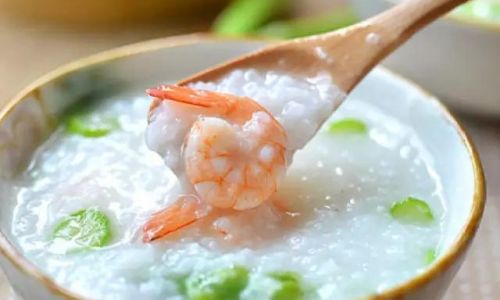
Why This Soup Matters
In a world of fast-paced living, rice and tripe soup invites us to slow down. It’s a dish that rewards patience—the kind of patience that turns tough tripe into velvety tenderness, and simple rice into a silken broth. Beyond its nutritional benefits, this soup is a testament to the power of nourishment, both physical and emotional. Whether you’re nursing a cold, celebrating a family milestone, or simply craving comfort, this soup is a timeless companion.
Conclusion
Mastering rice and tripe soup is a journey worth savoring. From the meticulous cleaning of the tripe to the slow simmer that meld flavors into harmony, every step is an act of love. As you take your first spoonful, you’ll taste not just the ingredients, but the history, culture, and care woven into each bowl. So gather your ingredients, set aside an afternoon, and let the rhythm of the simmering pot guide you. Your taste buds—and your soul—will thank you.



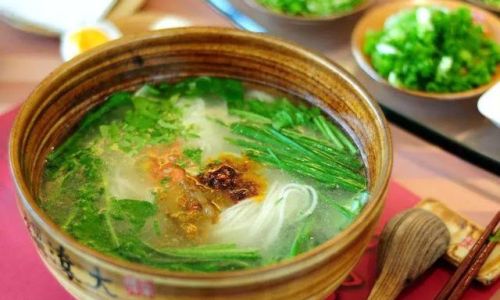
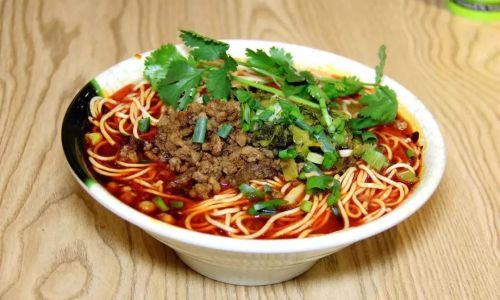
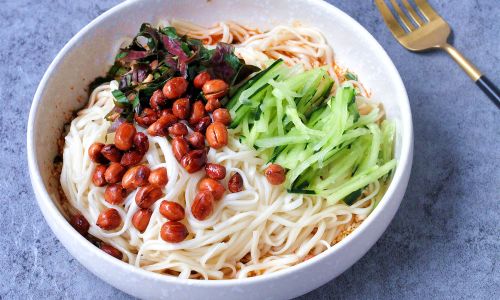
0 comments